Calling all future Sky Kings and Queens! Have you ever dreamt of taking control of your personal Boeing 747 and cruising at 30,000 feet? Okay, maybe a Cessna 172 is more your speed, but let’s not quibble over details. As an aspiring pilot, you’re about to embark on a journey that involves facing one of aviation’s rite of passage: The FAA Private Pilot’s Exam.
Now, don’t let this scare you into the flight attendant’s lap. After all, the journey of a thousand miles (or a 10-minute flight around your local airport) begins with a single step. What follows is your fail-safe flight plan to passing this exam, armed with the latest insights from the science of learning and a toolbox full of resources available today. Trust us, you won’t need an ejector seat.
The Art of Spaced Repetition
The Wright Brothers didn’t nail flight on their first try. Neither should you expect to absorb all of aviation’s secrets in one sitting. Research tells us that spreading learning out over time (or spaced repetition) is a highly effective study technique. It’s like the interval training of the academic world.
Try splitting up the topics: Aircraft operations one day, navigation the next, and aerodynamics the day after that. Yes, even if you haven’t opened a textbook since the Berlin Wall came down, your brain’s ready to rock ‘n roll this way.
Testing: Not just a Necessary Evil
Think tests are the villains of the academic world? Well, plot twist: Frequent self-testing, known as retrieval practice, actually helps cement knowledge in your brain.
Use online test prep software like Sporty’s Study Buddy or the Gleim FAA Test Prep Software to get into the habit of regular quizzes. And remember, it’s okay to score worse than a pigeon on the first few attempts. That’s part of the learning process.
Study Groups: Peer Pressure with Benefits
Consider joining a study group. No, not the kind that involves sipping wine while debating the merits of different aviator sunglasses. Instead, tap into online communities like Student Pilot Forums, or check if local flight schools host any study sessions. The camaraderie might just help you get through those thick FAA handbooks and a few corny pilot jokes.
The Ideal Study Schedule: Yes, It Exists
Now, what does this mythical creature, the ideal study schedule, look like?
Here’s a hint: It doesn’t involve pulling an all-nighter with a gallon of coffee and a stack of flashcards. Instead, science says shorter, consistent study sessions are more effective.
Start your study session with a quick review of yesterday’s material, move on to new information, then end with a quiz. And remember to take short breaks! Aviation is all about balance, and so is studying.
Conclusion
There you have it: Your flight plan to mastering the FAA Private Pilot’s Exam. Remember, even if you haven’t hit the books since textbooks were actual books, you’ve got this.
Strap on your aviator glasses, fuel up your determination, and cruise through this challenge at cruising altitude. Soon, you’ll be telling all those ground-bound folks, “I told you I wasn’t just winging it!”

